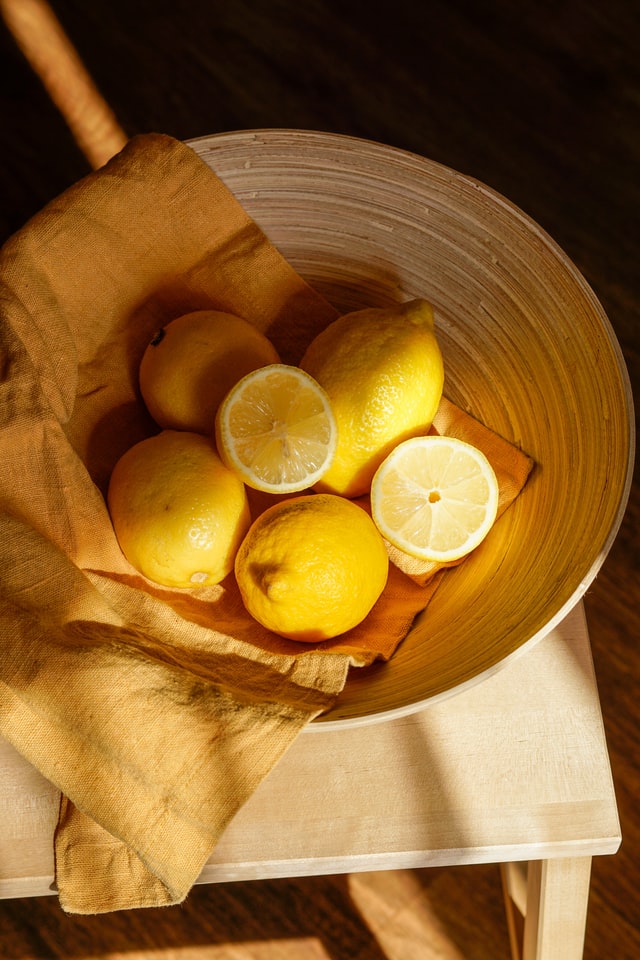
Squeeze The Day
Preserved Lemons. One of my favorite ingredients. And the same conversation happens every time we introduce someone new to these amazing lemons. "But...what do you DO with them?" If you've taken a preserved lemon class, you answer the same way I do. "EVERYTHING!". Preserved lemons are everything. Salty, briny, lemony, bright. They just add that something special to a dish that needs a little lift.
We talk about the main history of them often - they are most commonly used in Moroccan cooking, especially in tagines. But dig a little deeper and the history gets even more interesting. Preserved lemons date back to the 12th century - at least that's that first place where we find a written recipe. And that recipe came from a doctor famous for bringing his patients back to life. Doctor to Saladin the Sultan, Ibn Jumay is credited with the first recipe ever written for preserved lemons. And they were for medicinal use!
"Take lemons that are fully ripe and of bright yellow color; cut them open without severing the two halves and introduce plenty of fine salt into the split; place the fruits thus prepared in a glass vessel having a wide opening and pour over them more lemon juice until they are completely submerged; now close the vessel and seal it with wax and let it stand for a fortnight in the sun, after which store it away for at least forty days; but if you wait still longer than this before eating them their taste and fragrance will be still more delicious and their action in stimulating the appetite will be stronger".
– Translated into English by Samuel Tolkowsky, “Hesperides: A History of the Culture and Use of Citrus Fruits” 1938 from the original, “On Lemon, it’s Drinking and Use”; Abū al-Makārim Hibat Allāh ibn Zayn al-Dīn Ibn Jumay‘, 12th century .
And I'm happy to see that the method that I teach you in our preserved lemons class is the same. We are making and preserving our lemons in the same way that they did over 900 years ago! How's that for authentic and traditional? As the old saying goes: If it ain't broke, don't fix it.
And this history also answers another common question. Shouldn't you use Meyer lemons? Well, you absolutely can. However, based on history they would not have been using Meyer lemons in the original recipe as Meyer lemons were cultivated in China and not available in the Middle East. And I have to say, I have always preferred regular lemons over Meyer lemons. The thicker rind and skin holds up better to the long fermentation process and the lemons retain their acidic zing over the Meyer's which bring the sweetness of the Mandarin orange. Not to mention that Meyer's are seasonal and can get expensive to buy. So regular lemons work just fine - in fact, they're the original!
And don't forget - they're actually pretty good for you! Lemons are high in Vitamin C and potassium, making them good for your skin and brain function. And since you eat the peel of preserved lemons you get soluble pectin fiber, which promotes long lasting fullness (yay for appetite control!) and can lower cholesterol and triglyceride levels. Make sure to use a higher quality salt that still contains it's minerals to get the very best benefits. Use a fine, unprocessed a salt like Diamond Crystal Kosher Salt, Fine Himalayan Pink Salt or Fine Sea Salts.
Rather than medicinally, preserved lemons are used today as a condiment or an ingredient. A little of the potent lemon flavor will go a long way. Make sure to dice or finely chop into smaller pieces. And you don't have to only eat it raw - it's great tossed with veggies and roasted in the oven or sauteed with chicken or fish. And we call the juice "liquid gold". Don't just throw it away! Try using the pulpy juice for deglazing a pan, making a dressing or adding to a soup. You'll be amazed how much flavor it contains.
So, we hope you start to love preserved lemons as much as we do! Here are a couple of recipes to get your started on your lemon journey (click on the title to go to the recipe!):
